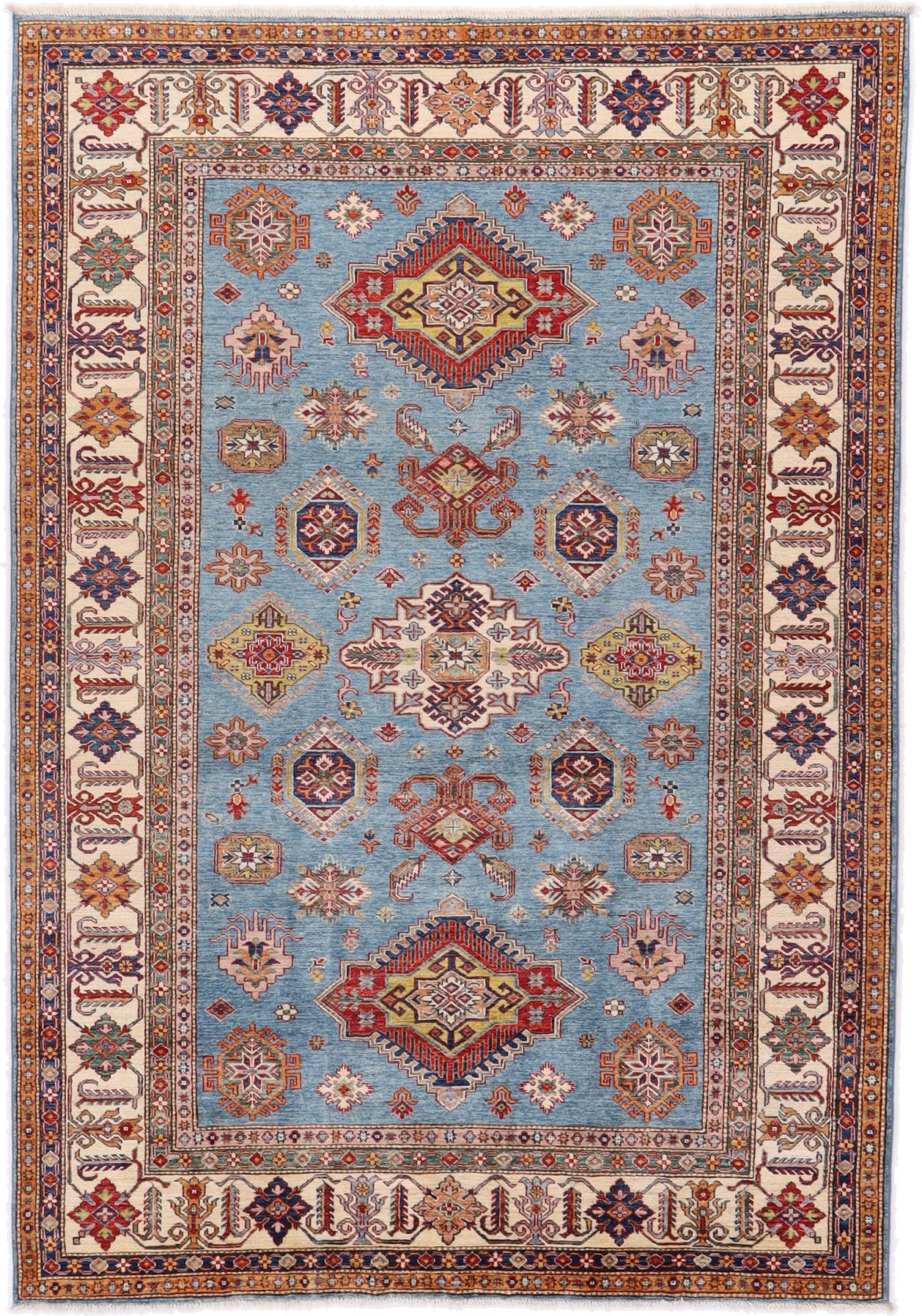The Cultural and Historical Significance of Samarkand

Introduction
Samarkand, one of the oldest continuously inhabited cities in Central Asia, holds a vital place in the history of trade and culture. Recognised for its splendid architectural sites and its role as a key point on the Silk Road, Samarkand is not just a travel destination but a testament to centuries of diverse cultural exchanges. As global interest in ancient wonders grows, Samarkand’s revival in heritage tourism underscores its contemporary relevance.
The Architectural Marvels of Samarkand
Home to UNESCO World Heritage Sites such as Registan Square and Shah-i-Zinda, Samarkand boasted its grandeur during the Timurid Empire. The intricately tiled mosques and breathtaking mausoleums reflect a unique blend of Persian and Islamic architecture. Recent restoration efforts have aimed to maintain these landmarks while accommodating a growing number of visitors. In 2023, the city saw an influx of tourism following pandemic restrictions, highlighting a renewed interest in its historic sites.
Cultural Revitalisation and Economic Impact
As concerns for preserving cultural heritage rise, local initiatives have emerged to support traditional crafts and arts. Textile production, particularly silk weaving, has gained attention as artisans work to sustain age-old techniques while engaging a new generation. The government’s focus on tourism as a means to bolster the economy is underscored by investment in infrastructure, including new hotels and transportation options that enhance connectivity for international travellers.
Conclusion
Samarkand’s illustrious past makes it significant not just for scholars and historians but also for potential travellers and investors. As the city continues to embrace its history while adapting to modernity, forecasts predict that the tourism sector could significantly contribute to Uzbekistan’s economic development. With upcoming cultural festivals and enhanced global exposure, Samarkand is positioned to remain a captivating destination, offering invaluable insights into the rich tapestry of Central Asian history.
